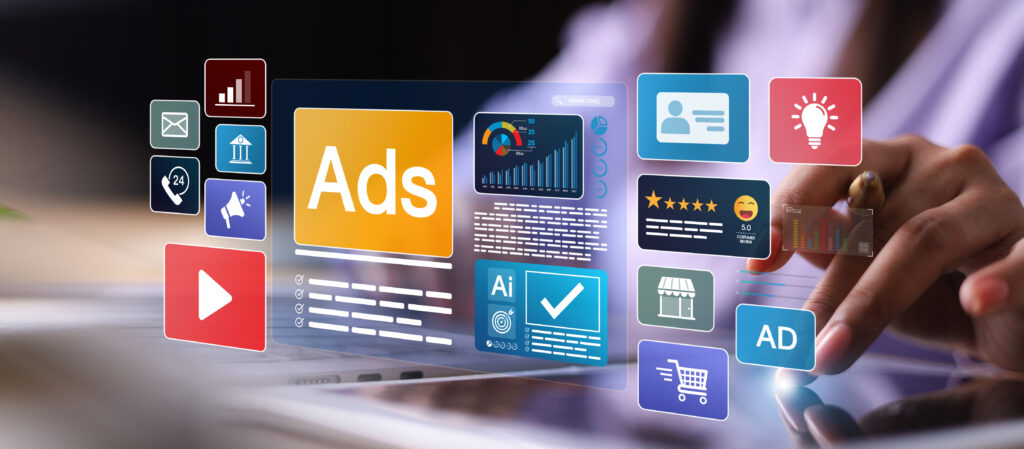First-party data, collected directly from your audience, is vital for an effective marketing strategy. Unlike third-party data, it offers deeper insights into customer preferences and behavior, ensuring more personalized and targeted campaigns. With increasing privacy regulations and cookie deprecation, first-party data becomes even more crucial, enabling businesses to build trust and deliver relevant content while respecting user privacy. Its strategic use can significantly enhance customer engagement and loyalty.
As a marketer, the customer data you have is as good as gold. There are several ways to collect data with internal and external sources.
The most common data sources are from first party and third party. First-party data is essentially you are data because it is the information you collect directly from your website and or your customers. Third-party data, on the other hand, comes from other sources aggregated across a variety of sources.
Because of changes required by the General Data Protection Regulation, or GDPR, the future of third-party data is uncertain. Combine this with the fact that Safari and Firefox have made cookies from third parties blocked by default and Google has announced that it will no longer support third party cookies by 2022, there are concerns about how marketers will continue to operate.
Under the GDPR, companies are required to inform consumers about the data they’re collecting and how they intend to use it as well as with whom they intend to share it. Because of this change, there are concerns that we may see the end of third-party data as we know it.
Overview
What This Means for Marketers
Because of the changes surrounding third-party data, now is the perfect time to rethink your marketing strategy and use first-party data as much as possible. If your website is already using a remarketing pixel for your various media platforms, then you’re off to a good start. Remarketing pixels are considered first-party data because they capture the user’s behavior and activity while they’re on your website.
If you’re using customer relationship management (CRM) software to help manage your customer information, then you likely have information about your customer’s past purchases and other interactions with your business. When you use that information properly, you can leverage your remarketing audiences and CRM data to create highly targeted marketing lists that engage site visitors and packed customers.
Research shows that marketers are increasingly prioritizing first-party data as a result of these changes. 39% of retailers are asking for data directly, while 27% are recording more observed data. If your company isn’t making an effort to collect data directly from your customers and relying completely on third-party data, your marketing strategy could lead to company collapse as more legislation comes in to help consumers protect their privacy and their data.
Making the Most of First-Party Data in Your Marketing Strategy
As the major corporations continue to drive consumer acquisition cost up, profitability decreases for those who can’t compete. That’s why it’s important to build strong data Driven customer relationships. First-party data makes it easier to personalize the experience which is something consumers expect in today’s e-commerce industry. Research shows that 56% of people are more likely to purchase from a brand that recognizes them by name let alone one the personalized has the entire shopping experience.
Use Upsells and Cross-Sells
After a visitor converts, use the CRM data to determine complementary products they could be interested in. For instance, if your customer buys a swimsuit, follow up with ads to sell them a swim cover-up, beach towel, or beach/water shoes.
Use Lookalikes and Similar Audiences
Leverage Google and Facebook for their ability to build new audiences based on your first-party data. This is a great way to extend your reach and find users who are like your current customers. Facebook launched custom audiences to improve their ad targeting and it has been an essential tool for retargeting and prospecting across a shopper’s purchase journey. Email match rates on Facebook typically fall between 40 and 60%, but if you segment well enough, you can get that number closer to 70 and 80%. And since Google has launched Similar Audiences, advertisers now have the ability to refine their current targeting efforts and expand prospecting campaigns to find new customers.
Best results, focus on your highest value customers and reverse-engineer a customer acquisition and retention strategy by using tools such as smart bidding, similar audiences, and remarketing lists for search ads.
Re-Engage Seasonal Shoppers
If you have a set of customers who only make purchases during a certain time of year such as the summer of the holidays, that’s perfectly fine. Create lists for these customers and ramp up your marketing efforts during that time of year as their most likely to convert. Also, think about whether or not there are other holidays are promotional events that you can use to re-engage the visitors.
Add Video
Video advertising is becoming increasingly popular and it’s a wonderful way to reach your audience. Think about using a sequential messaging strategy to build a story and keep users interested in your brand.
Use Cart Abandonment Reminders
Knowing what your customer is like gives you an idea of what products to show them. Start with what they’ve liked enough to add to their carts. It’s crucial to master your cart abandonment messages because the overwhelming majority of online shopping carts are abandoned. Research shows that 40% of the internet’s abandoned shopping carts are filled with clothes.
Cart abandonment is a behavioral trigger but there are also merchandising triggers. For instance, if a customer that was looking up a jacket that’s since been marked down, you should let them know. The trigger message could help you convert someone to a customer.
Add Direct Mail to Your Strategy
Although some marketers view direct mail as an outdated advertising channel, direct mail does offer an offline advantage that’s good for win back messaging. Mailboxes often have less clutter and distraction than email inboxes. But, for it to be effective you have to do it correctly. Using the spray and pray approach ultimately waste paper and postage. But, if you rely on your digital data to inform your offline campaign, you can use the same personalization that people have come to expect online.
It’s true first-party data may not offer as much opportunity to scale your marketing efforts as a third-party data. However, there’s still plenty of potential to use the first-party data to increase your revenue and improve return on investment. Put your customer data and insights to good used to refine your strategies for Acquisition, retention, and remarketing.
Contact us today to get the conversation started!









